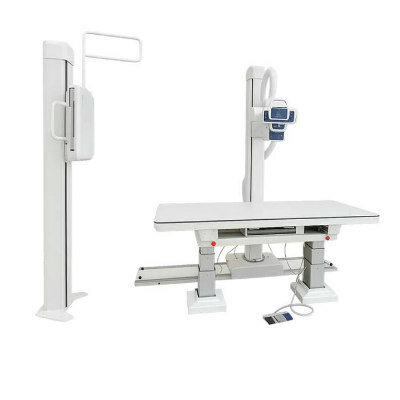Diffusion Abnormality Index Provides Potential Imaging Biomarker to Indicate Brain Tumor Response to Radiation Therapy
By MedImaging International staff writers
Posted on 18 Feb 2013
A new tool called the diffusion abnormality index (DAI) shows potential as an imaging biomarker to gauge brain tumor response to radiation therapy.Posted on 18 Feb 2013
The study’s findings were presented February 9, 2013, at the 2013 Cancer Imaging and Radiation Therapy Symposium, held in Orlando (FL, USA). This Symposium is sponsored by the American Society for Radiation Oncology (ASTRO) and the Radiological Society of North American (RSNA).
The study included 20 patients who had brain metastases and who were treated with whole brain radiotherapy. The 45 lesions among the patients were further categorized as 16 responsive, 18 stable, and 11 progressive. Diffusion measurements were taken prior to radiation treatment, two weeks after the start of treatment and one month after treatment completion. For each patient, a normal tissue apparent diffusion coefficient (ADC) histogram was used to divide the tumor ADC histogram into three regions: low (high cellularity), normal, and high (edema and necrosis) diffusion. Analyzing the complex behavior in ADC of brain metastases from preradiation therapy to two weeks after starting treatment, investigators developed a new diffusion index, the DAI, which included both low and high ADC contributions, for prediction of post-treatment tumor response.
Sensitivity and specificity of the change in DAI from pre- to the end of therapy were evaluated and compared with the changes in gross tumor volume from pretreatment to the end of therapy. The changes were helpful in predicting nonresponsive lesions post-treatment. Early prediction of brain tumor response to radiation therapy is vital in providing the most appropriate radiation doses to each lesion.
“While this review included a small number of patients, the data demonstrate that DAI may be a good biomarker to predict brain tumor response,” said lead study author Reza Farjam, a PhD candidate in biomedical engineering focused on cancer functional imaging at the University of Michigan (Ann Arbor, MI, USA). “Further study of this method is needed to improve early prediction of tumor response to radiation therapy and to help us provide brain cancer patients with more accurate information about their treatment progress.”
Related Links:
University of Michigan














